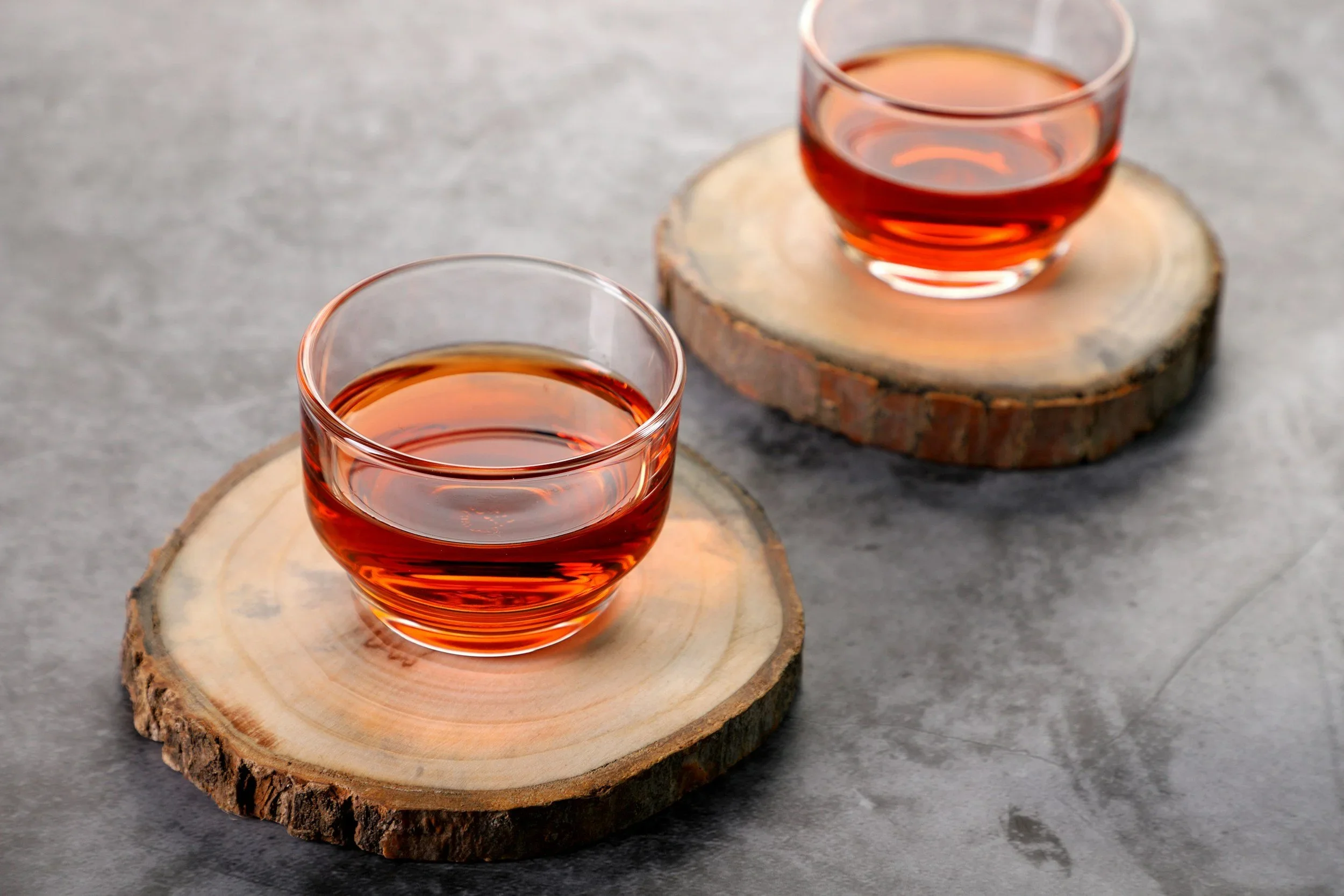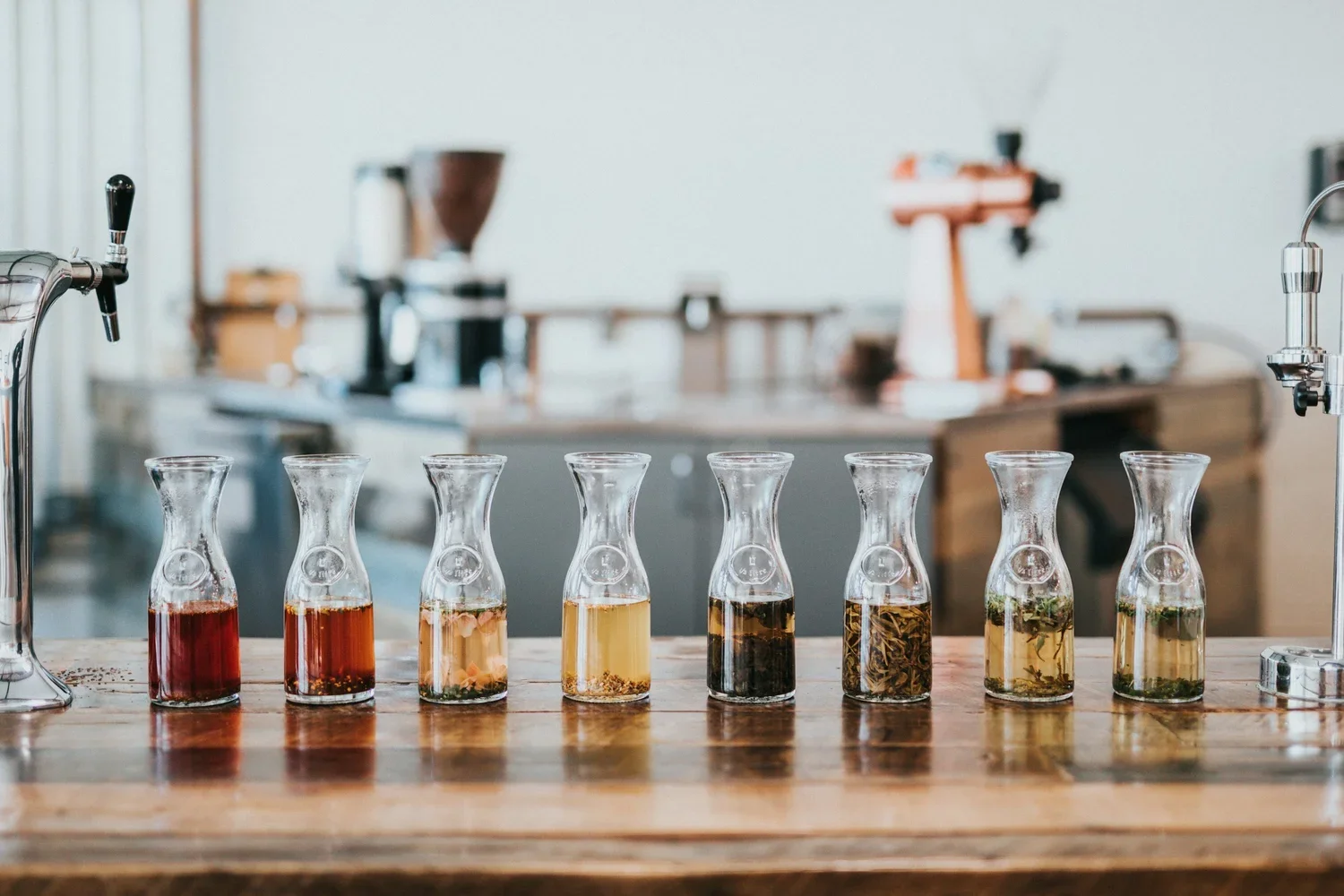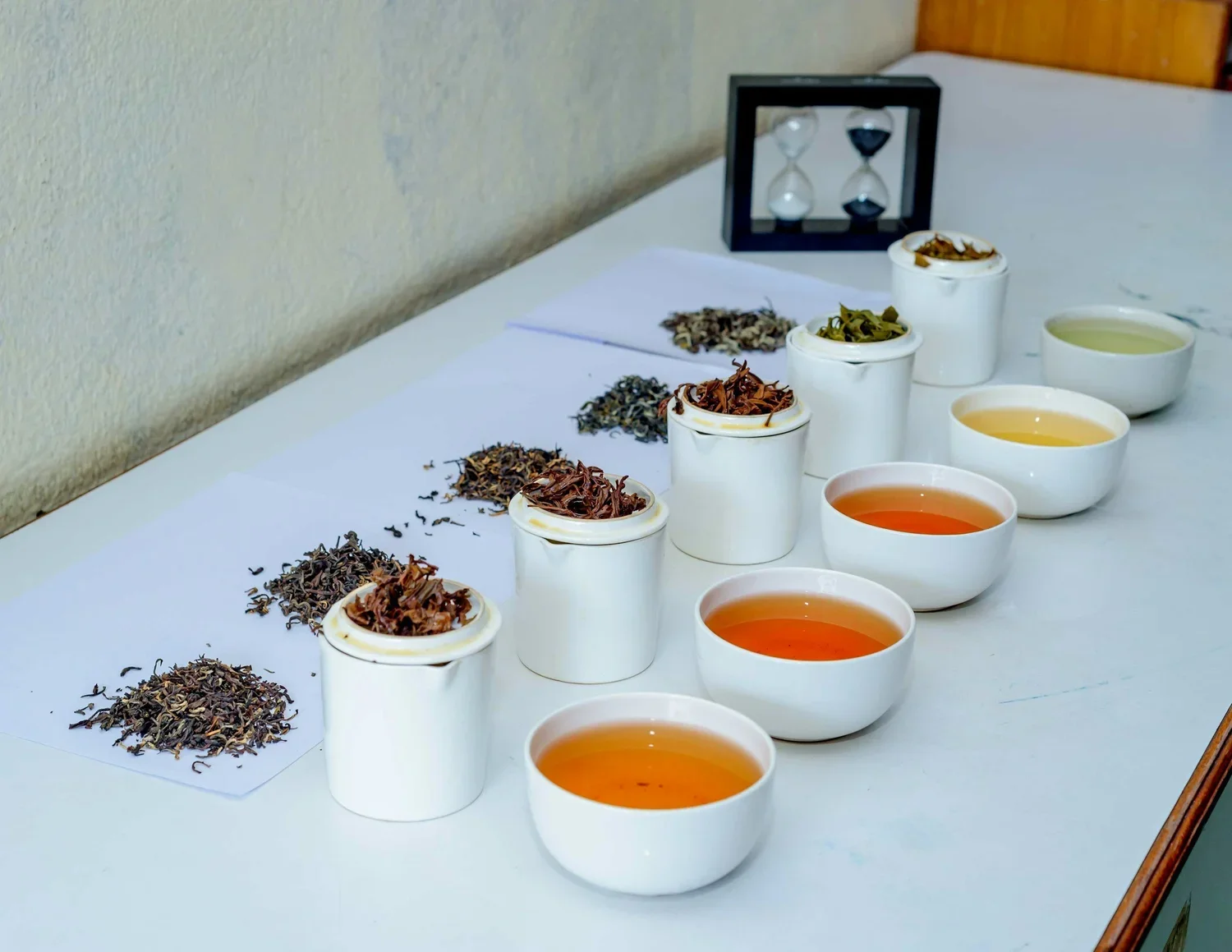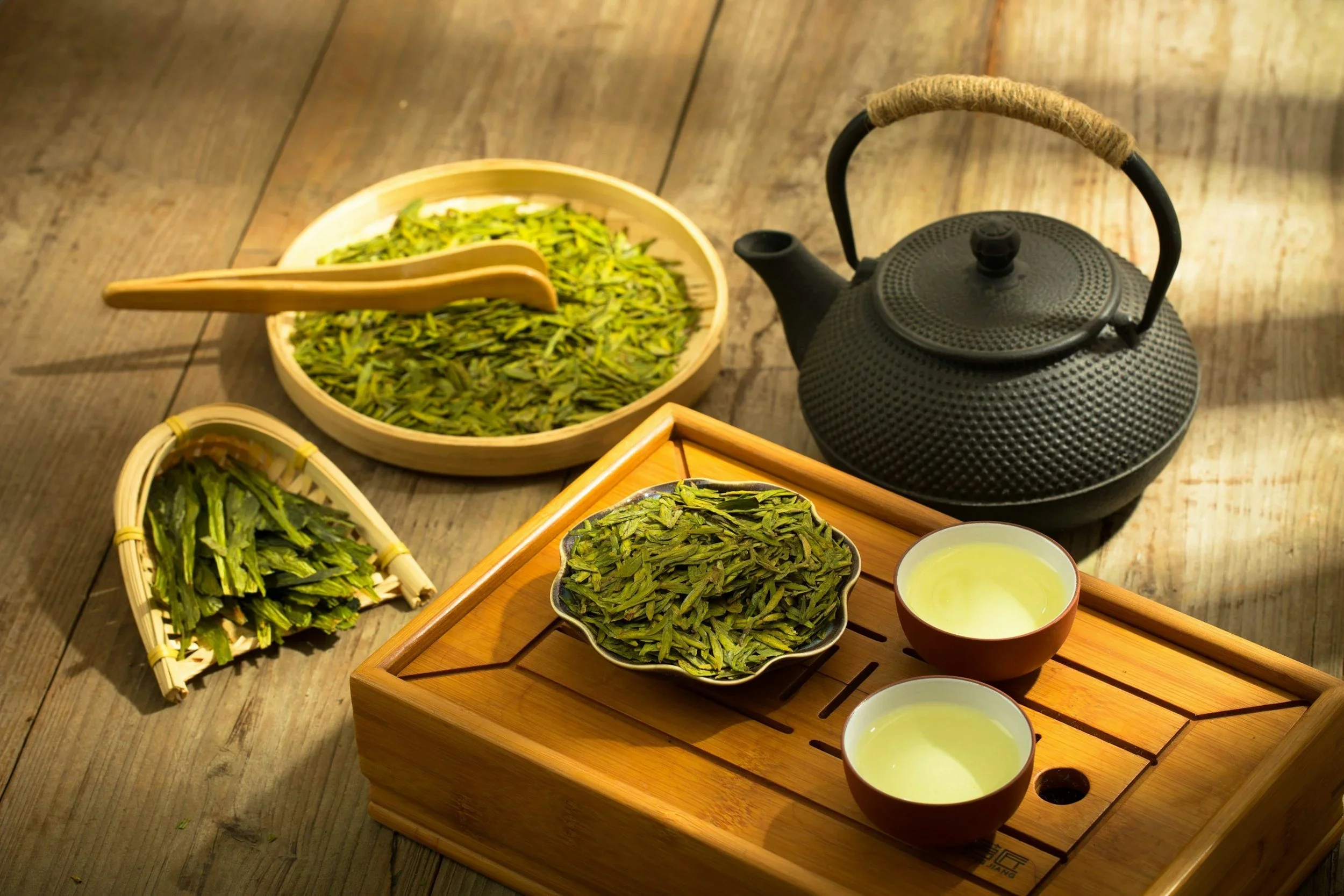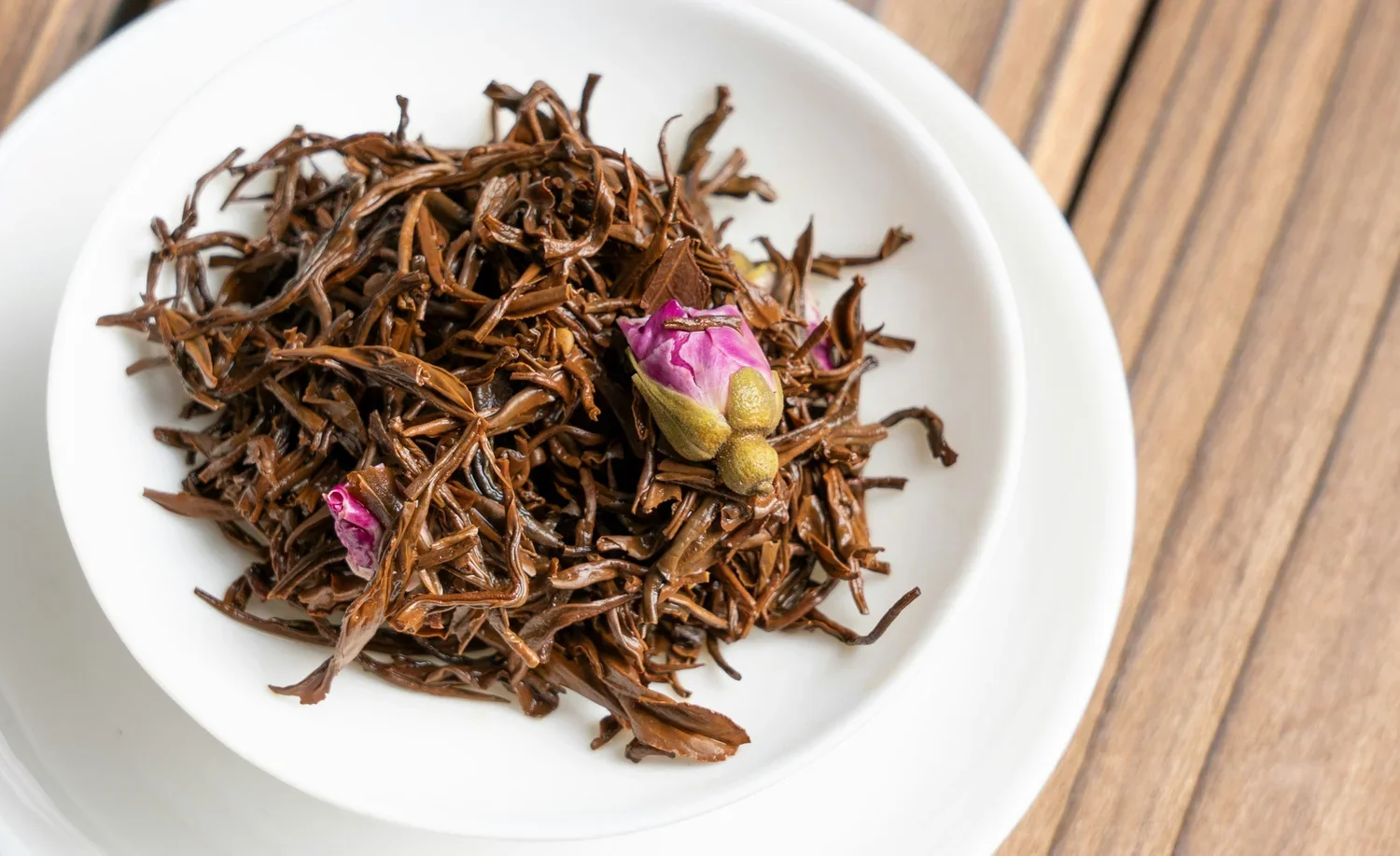What Does Black Tea Taste Like?
Have you ever paused to think about what’s really going on in your cup? Did you know that black tea is the most popular tea in the world, accounting for over 75% of all tea consumption? For all its fame, trying to answer "what does black tea taste like" can be tricky. It's not one single note, but a rich symphony of flavors!
This guide is your passport to that world. We're going on a journey to explore the entire spectrum of black tea taste, from its bold and robust character to its surprisingly fruity and sweet undertones. We’ll uncover what gives black tea its signature flavor, how it stands apart from green tea, and how you can find the perfect black tea that speaks to your palate. Whether you're brewing a quiet cup at home or seeking a perfectly crafted beverage on the go, understanding the black tea taste is the first step on a delicious adventure.
What is the Rich Flavor of Black Tea?
At its core, the taste of black tea is fundamentally robust, full-bodied, and complex. This distinctive profile comes from a process called oxidation, where the tea leaves from the tea plant are allowed to react with oxygen, developing deeper, more potent flavor compounds. The result is a brew often described as a bold black tea, brisk, and invigorating.
Unlike the roasted, nutty bitterness often associated with coffee, this type of tea offers a different kind of boldness. Many black teas possess a signature astringency—that pleasant, mouth-drying quality from compounds called tannins—which can be softened by rich, malty, or even sweet, honeyed notes, making for a uniquely satisfying experience.
How does black tea taste compared to other teas?
To truly understand black tea, it helps to see where it fits within the family of teas, all of which originate from the Camellia sinensis plant:
Green Tea: Tastes more vegetative, grassy, or even marine (like seaweed). It lacks the malty depth of black tea because the leaves are not oxidized.
White Tea: Is the most delicate, with subtle, sweet, and floral notes.
Oolong Tea: Is the most diverse category, sitting between green and black tea. It can range from light and floral to dark and roasted. If you're curious about this unique tea, you can learn more about if oolong tea is considered black tea on our blog.
What are the common flavors of black tea?
While "bold" is a great start, the black tea flavor profile is incredibly nuanced. Here are the common notes you might detect:
Malty: A foundational flavor, reminiscent of toast, dark bread, or cereal.
Earthy: Notes of wet soil, wood, or fallen autumn leaves. Some people perceive this as a 'dirt' taste, but in a quality tea, it's a pleasant, grounding complexity.
Fruity: Subtle hints of stone fruits like plums and apricots, or even zesty citrus.
Smoky: A distinct campfire or pinewood aroma, most prominent in teas like Lapsang Souchong.
Spicy: Underlying notes of warm spices like cinnamon or clove.
Sweet: Natural sweetness that can taste like caramel, honey, or molasses.
What contributes to the flavor profile of black tea?
The taste in your cup is a story written by nature and nurture.
Terroir (The Land): Just like wine grapes, the specific soil, climate, and altitude where the tea is grown have a massive impact on its final taste.
Oxidation: This is the key chemical reaction that defines black tea. By allowing the enzymes in the tea leaf to interact with oxygen, processors transform the flavor from grassy to malty and complex.
Processing: The specific methods of withering, rolling, and drying (firing) all shape the final flavor and create different styles, from delicate whole-leaf teas to strong, granular teas for tea bags.
What are the Different Types of Black Tea?
Exploring the different types of black tea is a journey across the globe. To help you navigate, we’ve created a table summarizing the world's most famous regional black teas and their distinct flavor profiles.
| Tea Type | Origin | Flavor Profile | Best Enjoyed |
|---|---|---|---|
| Assam | Assam, India | Full-bodied, strong, distinctly malty, and brisk. A deep, ruby-red color. | With milk and sugar. It's the classic base for most breakfast blends and rich milk teas. |
| Ceylon | Sri Lanka | Bold, crisp, and bright with refreshing notes of citrus and spice. | Excellent both hot and iced. Strong enough for milk but also delicious plain. |
| Darjeeling | Darjeeling, India | The "Champagne of teas." Lighter-bodied, floral aroma, with a unique fruity, grape-like "muscatel" flavor. | Best savored on its own to appreciate its delicate and complex nuances. |
| Keemun | Anhui, China | Mellow and smooth with a slight smokiness, and notes of stone fruit, tobacco, and unsweetened cocoa. | Wonderful when enjoyed plain, without any additions. |
| Yunnan | Yunnan, China | Rich, smooth, and less astringent. Features notes of sweet potato, chocolate, and honey. | A fantastic breakfast tea that is smooth enough to drink without milk. |
What is Assam black tea and its taste?
Hailing from the hot, rainy plains of northeastern India, Assam is the quintessential strong black tea. Its deep, malty flavor is the backbone of robust blends like English and Irish Breakfast. This is the tea you reach for when you need a powerful, invigorating start to your day.
How does Ceylon tea differ in flavor?
From the island nation of Sri Lanka, Ceylon tea is celebrated for its bright, crisp, and refreshing character. With vibrant notes of citrus and spice, it’s a wonderfully versatile tea that shines when served hot or as a brisk iced tea.
What can you expect from Chinese black tea?
Countries like China are renowned for producing high-quality specialty black teas. Varieties of chinese tea like Keemun black tea and Yunnan black tea offer a different, often more mellow, experience. They tend to be less astringent and more complex, with a rich flavor that has sophisticated layers like smoke, fruit, and cocoa, making them perfect for contemplative sipping.
How to Brew the Perfect Cup of Black Tea?
Brewing is your chance to unlock the true flavor of the tea. Getting it right makes the tea go from good to great, elevating your experience of drinking black tea.
What is the best way to make black tea?
For a perfect cup of loose leaf black tea, precision is key:
Use Fresh, Filtered Water: Your tea is 99% water, so quality matters.
Measure Your Leaves: Use 1 teaspoon (about 2-3 grams) of loose tea per 8 ounces (240ml) of water.
Heat Water to the Right Temperature: Unlike more delicate green and white teas, black tea is generally brewed with hotter water. For most variety of black teas, the ideal temperature is just off a rolling boil, between 200°F and 212°F (93°C and 100°C).
Steep Correctly: Pour the hot water over the leaves and let them infuse.
Should you add milk and sugar to your black tea?
This is where tradition meets personal taste! Adding milk and sugar to a strong indian black tea like Assam softens its bitterness and creates a creamy, comforting drink. This is a popular choice precisely because black tea is stronger and can handle the additions without losing its character.
This classic combination is the foundation for the globally beloved milk tea, a staple in many countries that produce black tea. The art of milk tea, perfected in places like Taiwan, balances the strength of the tea with the creaminess of milk and the perfect touch of sweetness. A similar tradition exists with masala chai, which uses strong tea from India as its base. While you can learn how to make milk tea at home, experiencing a professionally balanced version is a true delight.
For a taste of this tradition perfected, you might try a Classic Pearl Milk Tea. It’s a wonderful way to appreciate how the robust rich flavor of black tea can be transformed into a rich, modern treat.
What is the ideal steeping time for black tea leaves?
Steeping time is a crucial variable. Over-steeping is the most common reason for bitter tea.
General Guideline: 3 to 5 minutes.
Lighter Teas (like Darjeeling): Start with 3 minutes to protect their delicate notes.
Stronger Teas (like Assam): Steep for 4-5 minutes, especially if you plan to add milk.
For a deeper exploration of this topic, check out our complete guide on how long to steep black tea.
How Does Black Tea Compare to Green Tea?
The black tea vs. green tea debate is one of the most common in the tea world. We've created a simple table to show their key differences at a glance.
| Feature | Black Tea | Green Tea |
|---|---|---|
| Oxidation | Fully oxidized, developing deep, malty flavors. | Unoxidized, preserving a fresh, grassy character. |
| Flavor Profile | Malty, robust, earthy, fruity, full-bodied. | Grassy, vegetative, nutty, sweet, light-bodied. |
| Brewing Temp | 200-212°F (93-100°C) | 160-180°F (70-82°C) |
| Caffeine | Higher (40-70 mg per 8oz cup) | Lower (25-45 mg per 8oz cup) |
What’s the difference between black and green tea?
The primary difference is oxidation. Black tea leaves are rolled and allowed to fully oxidize, which turns them dark and develops their complex flavor. Green tea leaves are heated right after harvesting to prevent oxidation, locking in their fresh, green character.
How do the flavors of black and green tea differ?
Think of it as the difference between a fresh apple (green tea) and a rich, dried apricot (black tea). Black tea is deeper, stronger, and has more notes of malt and fruit. Green tea is lighter, fresher, and has more vegetal or nutty notes. Fans of green tea's lighter profile can explore delicious variations like a Green Milk Tea.
Which tea has higher caffeine content?
Black tea generally has more caffeine than green tea, making it a popular choice for a morning or mid-day energy boost. An 8 oz cup of black tea typically has 40-70 mg of caffeine, compared to 25-45 mg in green tea. For a more detailed breakdown, see our article that asks, "does black or green tea have more caffeine?"
What are Some Popular Black Tea Blends?
Beyond single-origin teas, the art of blending and flavoring opens up a universe of taste.
What is Earl Grey and its flavor?
Earl Grey is the world's most famous flavored black tea. It consists of a black tea base infused with the oil of bergamot, a fragrant citrus fruit. This gives it its signature aromatic, floral, and citrusy flavor that is both soothing and sophisticated.
What are flavored black teas?
These are black teas blended with other ingredients like spices, fruits, flowers, and natural extracts. The robust nature of black tea makes it a perfect canvas.
Chai: A spicy and warming blend of black tea, cinnamon, cardamom, cloves, and ginger.
Fruit Blends: Infused with fruit pieces or essences like peach, mango, or berries. These are the inspiration behind modern, refreshing drinks like a Peach Tea with Honey Jelly.
Floral Blends: Mixed with petals like rose or jasmine for a delicate, aromatic finish.
How to choose a black tea blend?
Start with a flavor profile you already know you love. If you enjoy citrus, try Earl Grey. If you love warm spices, explore Chai. The best way to discover your favorite is simply to taste them. Visiting a specialty tea shop like ShareTea offers a fantastic opportunity to try professionally crafted blends on our Brewed Tea menu or our diverse Fruit Tea menu, helping you pinpoint the exact notes you love most.
How to Store Black Tea for Optimal Flavor?
Proper storage is non-negotiable if you want to protect your tea from its four enemies: light, air, moisture, and strong odors.
What is the best way of storing black tea?
Store your loose leaf tea or tea bags in an opaque, airtight container in a cool, dark, and dry place. A kitchen cabinet or pantry, far away from the stove and any spices, is perfect.
How does storage affect the flavor of black tea?
Improper storage will quickly make your tea taste flat and stale. Light and air break down the delicate flavor compounds, while moisture can introduce mold. Tea is also highly absorbent and will pick up any strong smells around it.
What are common mistakes in storing tea leaves?
Keeping tea in a clear glass jar.
Storing it in the refrigerator or freezer.
Leaving it in the original unsealed paper bag.
Placing it next to your coffee beans or spice rack.
Your Journey into Black Tea Awaits
From its rich history to its incredible diversity, black tea is more than just a beverage—it's an experience. We've explored its bold, malty flavors, understood how to brew it to perfection, and seen how it can be transformed into everything from a classic cup to a modern milk tea. The world of black tea is vast and personal; the best way to find what you love is to taste, explore, and enjoy the journey.
Why not let your taste buds lead the way? Want to find the best boba near me? Visit your nearest ShareTea to experience these vibrant flavors firsthand! Share the moment with ShareTea and explore our full menu of classic and innovative tea drinks today

